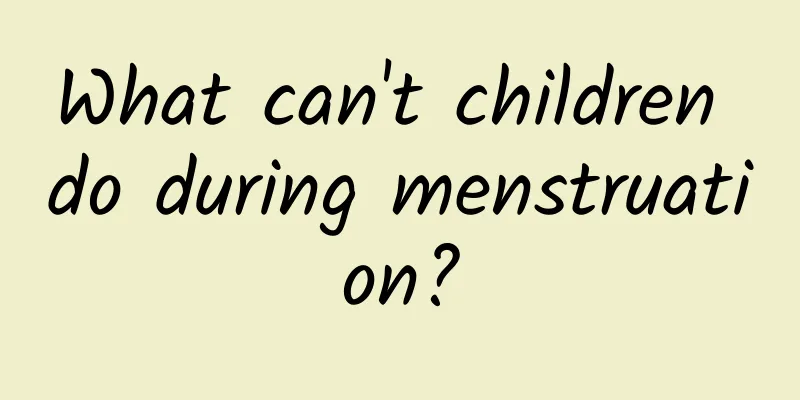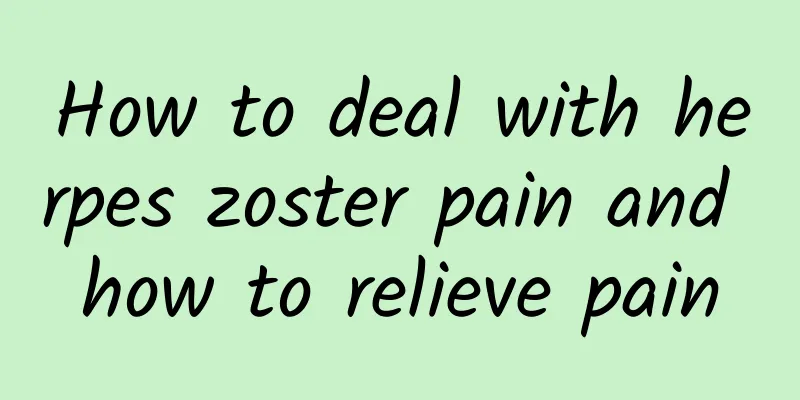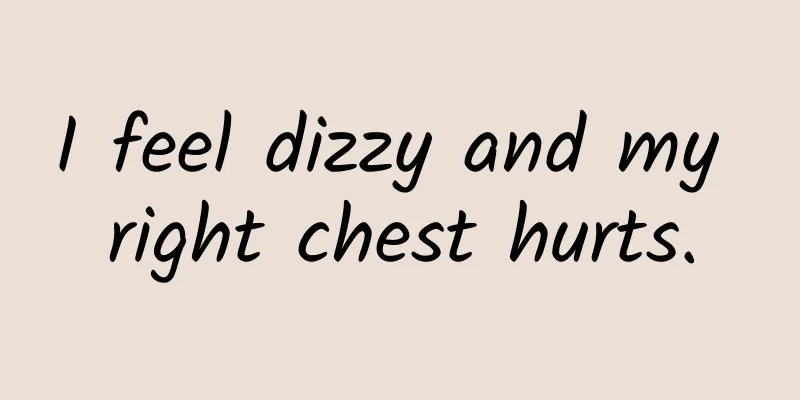Arthritis symptoms and treatment

|
In our country, the number of arthritis patients has been on a soaring trend. In real life, various arthritis patients are also suffering from arthritis. Since there are currently no special countermeasures for arthritis in clinical practice, the prevention of arthritis has become the top priority for everyone in preventing and treating arthritis. This requires everyone to be able to detect the relevant symptoms of arthritis early in daily life and take timely measures to treat it. So, what are the symptoms and treatments of arthritis? In view of the difficulty in curing arthritis, this article summarizes the clinical experience over the years and introduces several methods for treating arthritis and common symptoms of arthritis for your reference. 1. Medication Choose appropriate treatment drugs based on the type of arthritis, characteristics of symptoms, and concomitant diseases. The principle of treatment is early diagnosis and early, reasonable, combined medication. Commonly used anti-rheumatic drugs are as follows: (1) Non-steroidal anti-inflammatory drugs can inhibit the synthesis of prostaglandins and quickly produce anti-inflammatory and analgesic effects. They are effective in relieving pain, but they cannot change the course of the disease. Commonly used drugs in clinical practice include glucosamine hydrochloride granules, ibuprofen, penicillamine, diclofenac, aspirin, indomethacin, etc. (2) Slow-acting antirheumatic drugs are mostly used for rheumatoid arthritis and seronegative spondyloarthropathies. It has a certain control effect on the disease but the effect is slow. Commonly used ones include gold mixture (intramuscular injection or oral administration), penicillamine, sulfasalazine, chloroquine, etc. (3) Cytotoxic drugs produce immunosuppressive effects through different pathways. Commonly used ones include cyclophosphamide, methotrexate, and Jin Duchun. They are often second-line drugs for systemic lupus erythematosus, rheumatoid arthritis and vasculitis. Although they have more and more serious side effects, they play a big role in improving the prognosis of these diseases. (4) Adrenal cortical hormones are anti-inflammatory and anti-allergic drugs that significantly improve the prognosis of connective tissue diseases such as systemic lupus erythematosus, but they cannot cure these diseases. Its numerous side effects increase with increasing dosage and prolonged treatment course, so when using it, its efficacy and side effects should be weighed and selected with caution. (5) Antibiotics and other streptococcal infections can cause arthritis symptoms of rheumatic fever. Penicillin used in the acute phase is the most effective drug for controlling streptococcal infection. Patients with acute rheumatic fever should use long-acting antibiotics for a long time to prevent the occurrence of long-term rheumatic carditis. Prevention for adults should not be less than 5 years, and for children should be maintained until at least 18 years old. Tuberculous arthritis and fungal arthritis require active and effective treatment with anti-tuberculosis or antifungal drugs. (6) Treatment of gouty arthritis includes drug treatment in the acute phase, including high-dose nonsteroidal anti-inflammatory drugs or colchicine, and uric acid-lowering treatment in the remission phase. Uric acid-lowering drugs mainly include allopurinol, which inhibits uric acid production, and benzbromarone, which promotes uric acid excretion. 2. Surgical treatment Surgical treatment mainly includes joint puncture, synovectomy, joint replacement, joint orthopedics, and joint fusion. 3. Bone marrow transplant It does have significant therapeutic effects in treating rheumatoid arthritis. Autologous bone marrow transplantation, which restores the immune system to promote recovery, has achieved good results in treating childhood rheumatoid arthritis. 4. Immunotherapy and biological therapy This type of treatment targets the main link in the onset of arthritis and the progression of the disease, such as targeted molecule therapy for cytokines, plasma exchange, immune purification, immune reconstitution, mesenchymal stem cell transplantation, etc. It is mainly used for patients with severe arthritis that is ineffective with other treatments, rapidly progressing and refractory, mainly rheumatoid arthritis. 5. Other treatments Including physical, rehabilitation, vocational training, psychological and other treatments. The main types of physical therapy are as follows: direct current electrotherapy and drug ion introduction, low-frequency pulse electrotherapy, medium-frequency current therapy, high-frequency electrotherapy, magnetic field therapy, ultrasound therapy, acupuncture, light therapy, namely infrared, ultraviolet, and cold therapy. Rehabilitation and vocational training focus on functional training and lifestyle adjustments. Hospitals with the necessary conditions should conduct functional training under the guidance of rehabilitation specialists. Maintaining an optimistic mood, eliminating depression, and fighting the disease with a positive attitude are of great significance to the treatment of arthritis. The several methods of treating arthritis and the clinical manifestations of their symptoms described in this article are the most common and effective in current medicine. In daily life, I hope everyone can take some measures to prevent the onset of arthritis. Once symptoms of arthritis are found, timely measures must be taken to create a healthy living environment for yourself and others. |
>>: Uses of expired essential oils
Recommend
What causes atrial rhythm?
Atrial arrhythmia is also a relatively common sym...
I have been feeling dizzy for several days. What's going on?
Dizziness is a very common symptom, which not onl...
Can I eat lychees if I have a cough?
Lychee is a fruit that many people like to eat. L...
Are there any sequelae of synovitis in children?
The causes of synovitis are very complex, so syno...
What sleeping position can relieve dysmenorrhea?
The problem of dysmenorrhea is a problem that tro...
The symptoms of erysipelas are like this!
In many cases, the disease is caused by infection...
The difference between Chuanbei and Chuanbeimu
In Chinese history, Chinese medicine is an indisp...
What should people with kidney deficiency not eat? Do you know all this?
Kidney deficiency is an embarrassing thing that m...
Hot forehead but no fever
Some people feel their forehead is hot but they d...
The efficacy and function of wild Ganoderma lucidum
Wild Ganoderma lucidum is a species of Ganoderma ...
What is the reason for shaking hands and legs?
Everyone has some little habits in daily life. Fo...
Is it easy to gain weight in autumn?
We all know that obesity is very harmful to every...
What are the effects of traditional Chinese medicine sulfur paste
Sulfur ointment is a relatively common Chinese me...
What can pregnant women eat to clear away heat and detoxify? Can pregnant women eat bitter melon?
Many pregnant women always lose their temper for ...
The process of painless abortion
Painless abortion is a relatively common method o...









